The Apple Watch turns 10 — 5 reasons the OG smartwatch is still my favorite
And 3 ways it needs to improve
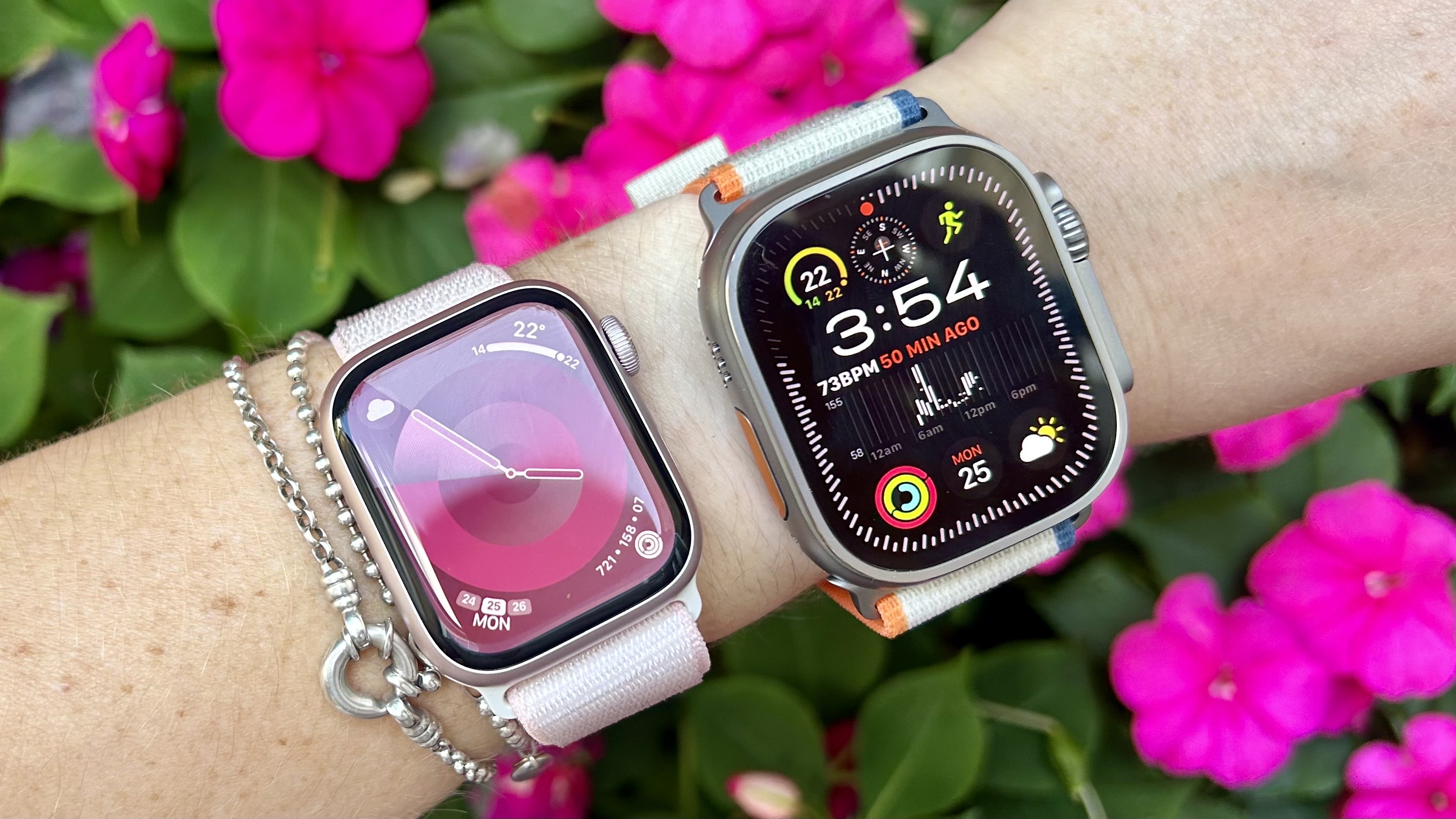
I have a confession. I had little interest in the Apple Watch when it first went on sale 10 years ago. With a starting price of $349 — or roughly $472 by today’s dollars when accounting for inflation — and a rather clunky design, that first watch neither agreed with my bank account nor my sense of style.
Back then, the Apple Watch was more of a companion to the iPhone than a standalone device in its own right; the original model didn’t even have GPS. With no desire to be inundated with digital notifications on a clunky wearable screen, I didn't take it too seriously.
However, as time went on and the Apple Watch grew into something greater than the iPhone’s little buddy, I became fascinated with Apple's wearable. With the Series 3, the Apple Watch broke free of the iPhone’s shadow thanks to optional onboard cellular connectivity.
It wasn’t until the launch of the first Apple Watch SE in 2020 that my interest turned into a full-blown desire to own one, though. Starting at $279, which is closer to $348 in today’s dollars, the cost was easier to justify. Plus, it had Apple’s best safety features up until that point, including fall detection and emergency calling, along with access to the same massive library of third-party apps as its pricier siblings.
Fitness tracking became a major part of the equation with the launch of the Series 7 in 2021, while 2022 brought us not only a second-generation SE but also the introduction of the Apple Watch Ultra series.
5 things I love most about the Apple Watch after 10 years
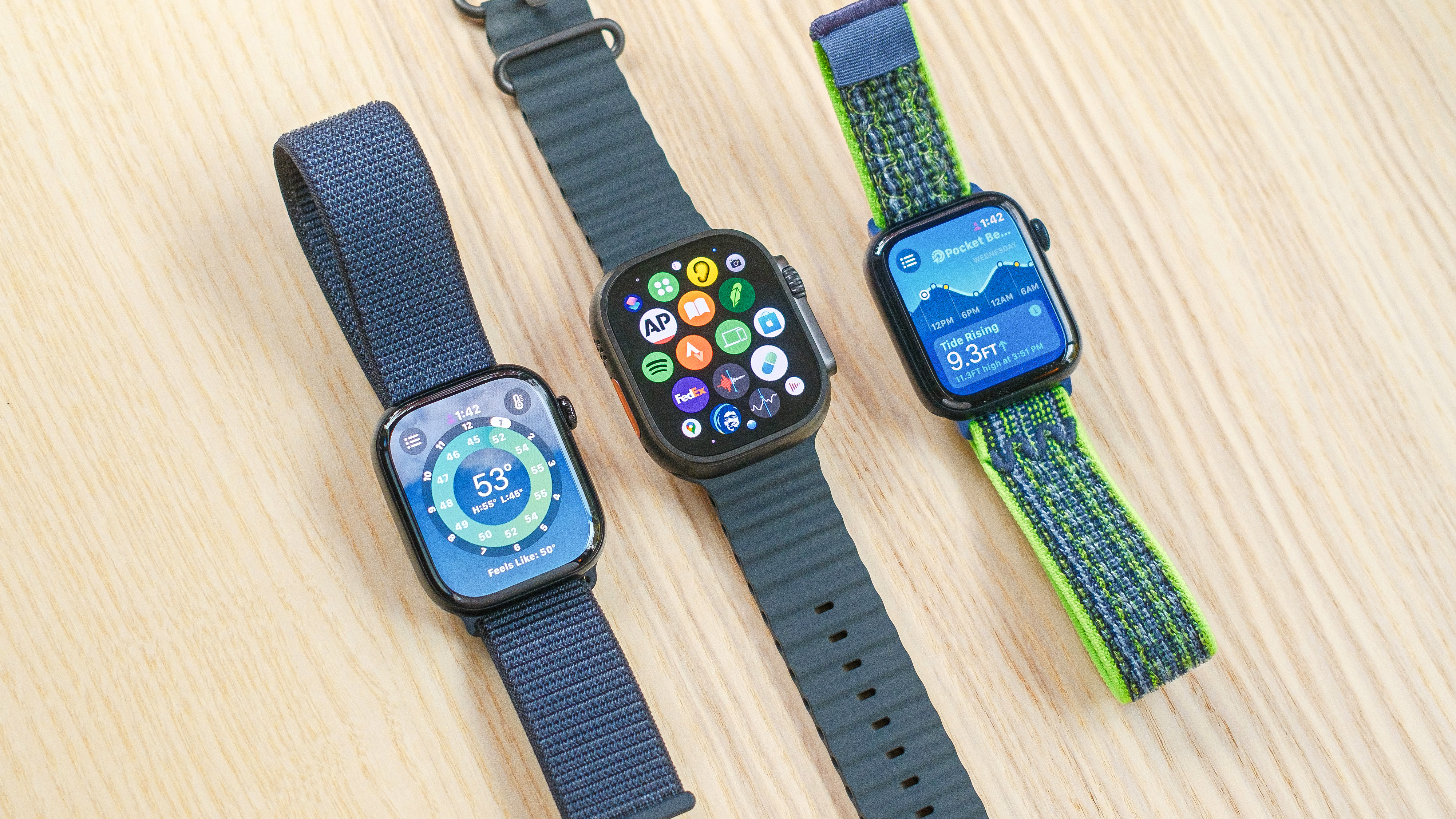
Now, in 2025, the Apple Watch is easily the most recognizable and one of the most popular smartwatches in the world. The Series 10 is also our current pick for best smartwatch overall.
Having paved the way for brands like Samsung and Google to launch their own rival wearables, one wonders whether there would even be a Pixel Watch or Galaxy Watch had it not been for the early success of the Apple Watch.
Sign up to get the BEST of Tom's Guide direct to your inbox.
Get instant access to breaking news, the hottest reviews, great deals and helpful tips.
So, to celebrate the device on the 10th anniversary of its hitting store shelves, what follows are the five things I appreciate most about the modern-day Apple Watch, from motivational tools to rock-solid software support, even for older models.
Of course, what is love without some constructive criticism? With that in mind, I’ve also included the three biggest areas of improvement I’d like to see come to the Apple Watch in the next decade (but, preferably, sooner).
Love: The variety of sizes
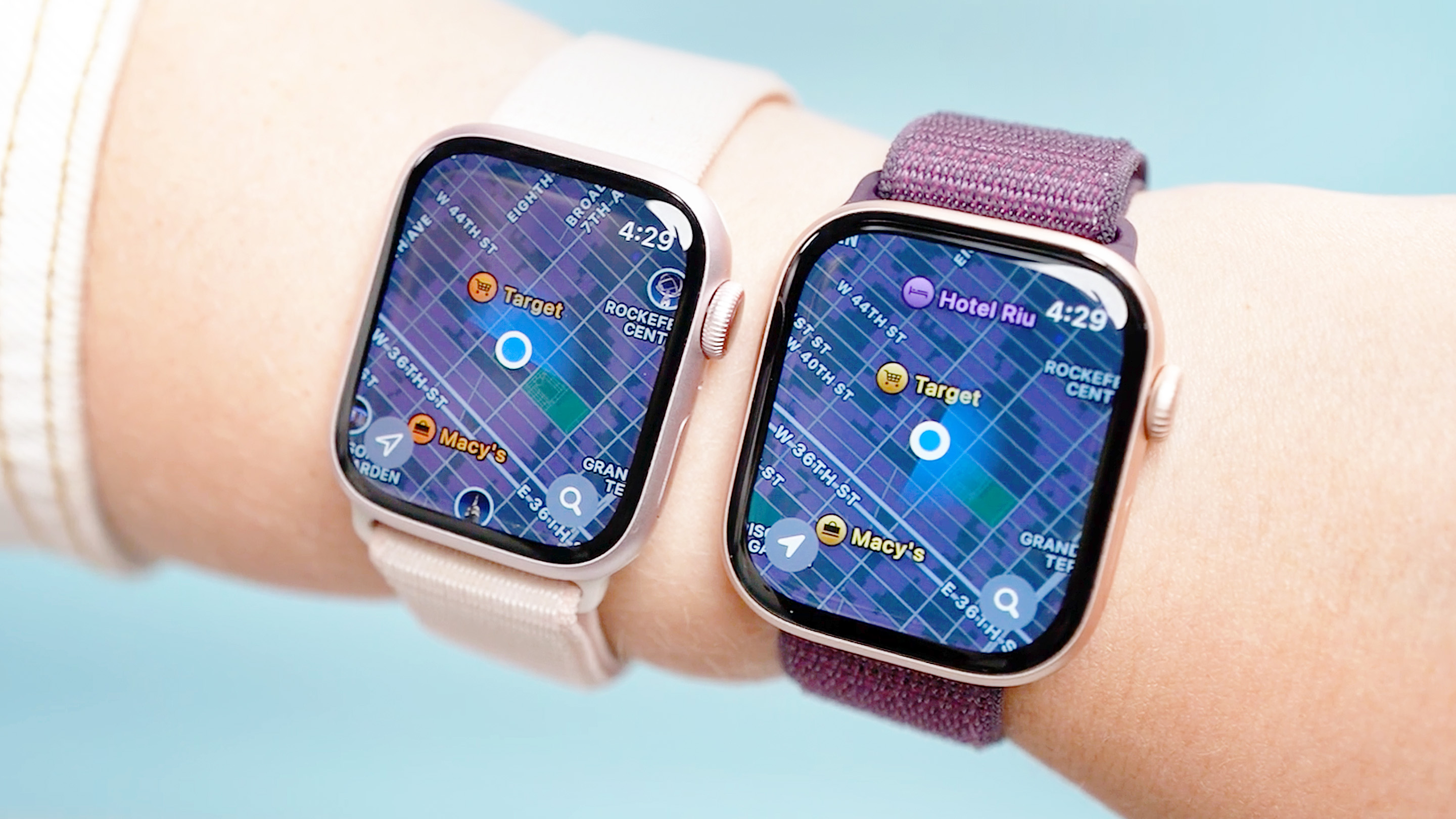
Ever since the first Apple Watch model debuted, it’s been offered in a pair of different case /screen size options to accommodate a wide range of wrist dimensions and personal preferences.
However, sizing has slowly ticked upward over the years. While the Apple Watch first generation came in 38mm and 42mm, the current generation Series 10 comes in 42mm and 46mm.
Of course, the latest generation of Apple Watch, particularly the Series 10, is far slimmer and easier-wearing than the 2015 model. And if it's still too big, there's always the Apple Watch SE (2022) in 40mm and 44mm.
Ultimately, folks like options, and I hope that Cupertino continues to offer its flagship and budget-minded smartwatch lines in a variety of sizes. Now, if we could only get a smaller Ultra model...
Love: So many safety features
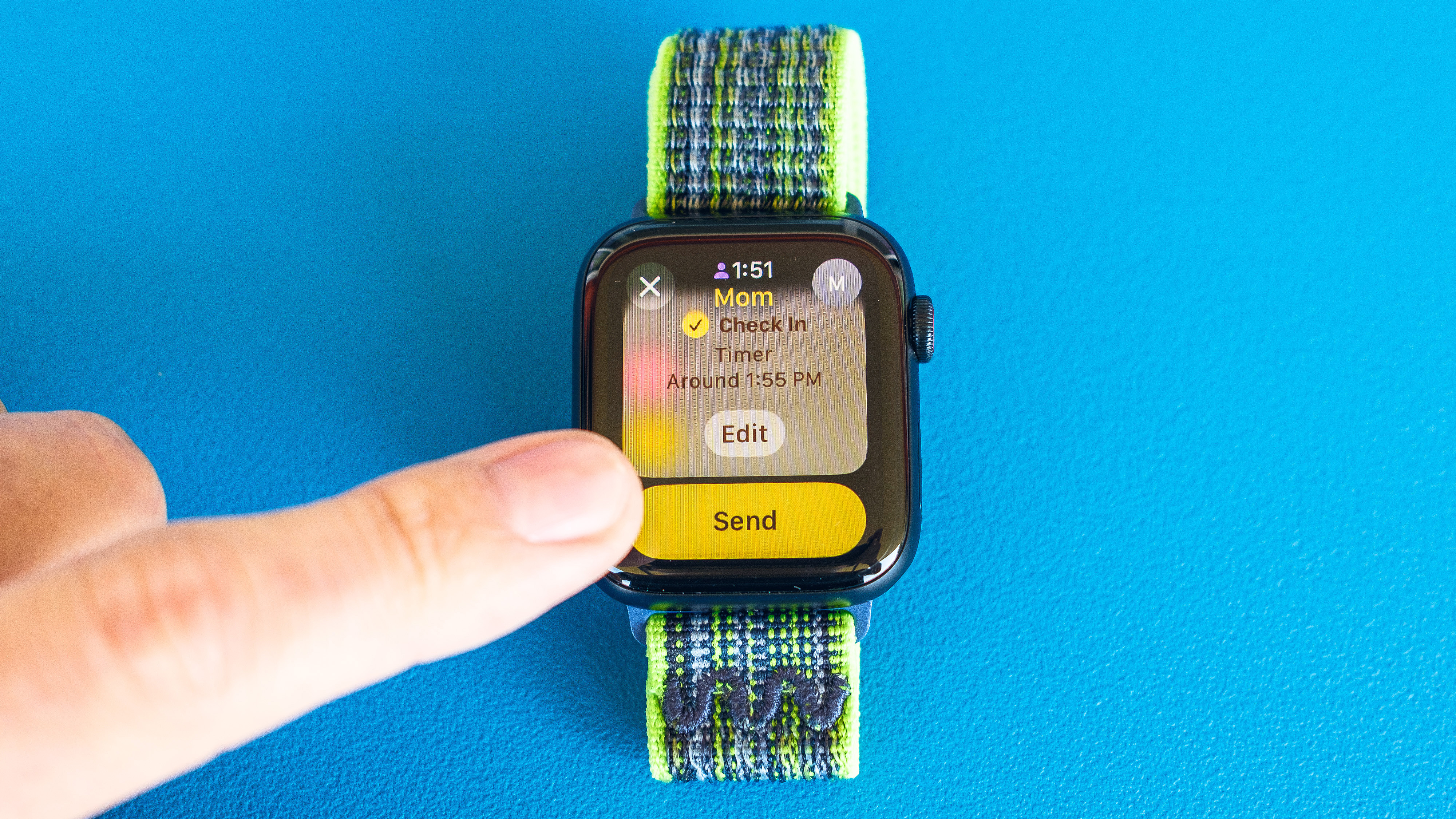
The current generation of Apple Watch models comes loaded with safety and health-monitoring features, from crash and fall detection to monitoring for abnormally high or low heartbeats, AFib and even sleep apnea (the latter is Series 9, 10 and Ultra 2 only).
My favorite safety tool, Check Ins, was more recently introduced with watchOS 11. Perfect for folks who enjoy solo hikes, runs, walks, and so on, the feature — hidden within the Messages app — makes it simple to keep loved ones apprised of your whereabouts, whether you’re running errands or running a marathon.
Love: An enormous app selection
Apple is constantly adding new features and native apps via software, more on that below, but it’s the enormous (and ever-growing) library of third-party apps — we’re talking millions — that really make the Apple Watch shine.
Some of the best Apple Watch apps I use most often include AllTrails, Headspace, Google Maps, Strava, StepsApp and Spotify.
Love: Motivational tools

Activity Rings have been a core feature of the Apple Watch since the very start. Designed to encourage a more active lifestyle, you’re prompted to "close your rings" each day.
There are three rings to close: standing, walking and activity. And with watchOS 11, you can even customize and pause ring goals.
This gamification approach to better fitness has proven, for me at least, both addictive and effective, which might explain why so many other smartwatch brands have emulated the feature on their own devices.
Love: Frequent software enhancements / backward compatibility
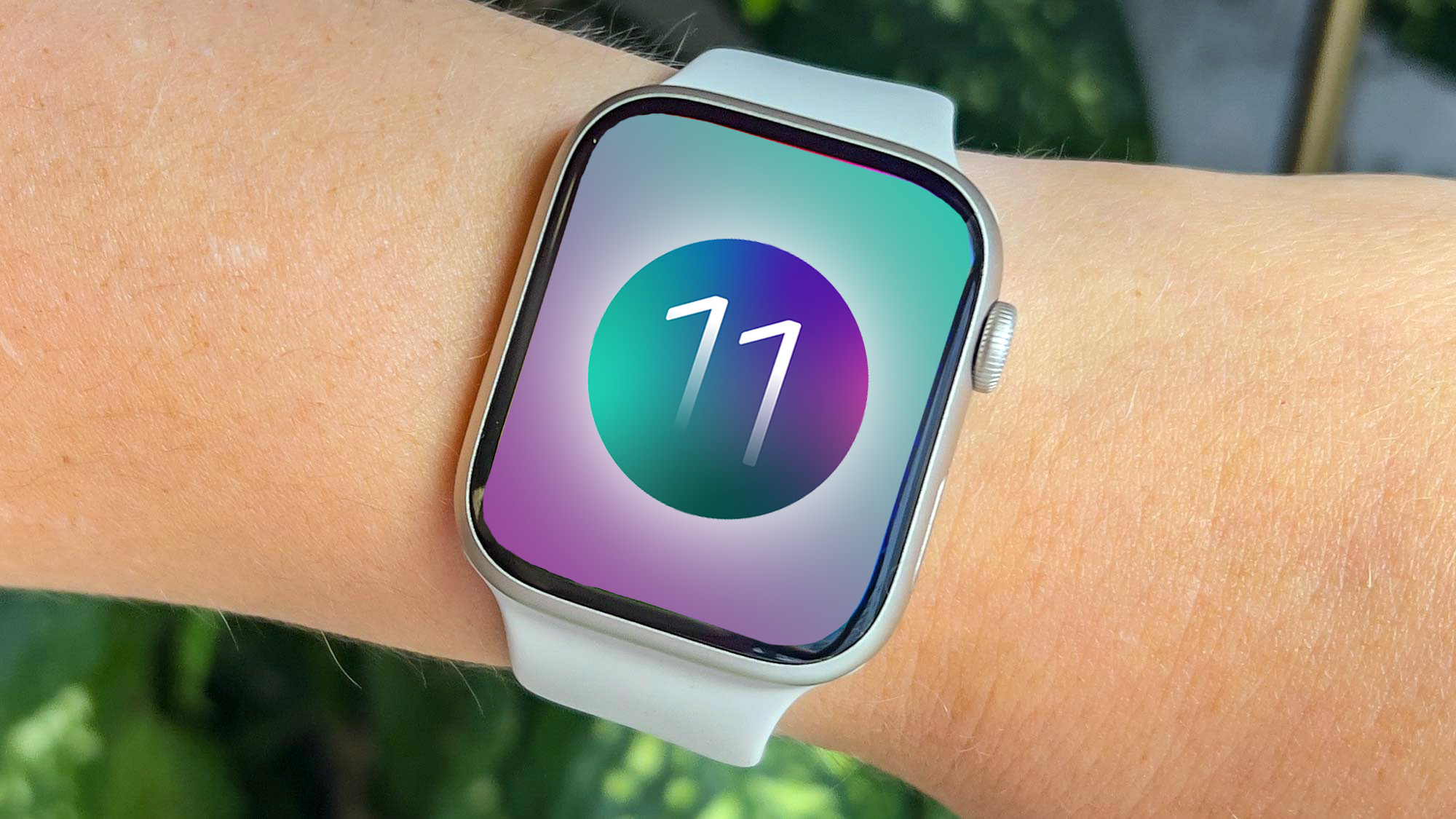
Apple rolls out a new version of watchOS annually with new features, software tweaks, usability enhancements and more. Best of all, the brand generally supports older Apple Watch models with fresh firmware updates for up to five years. (watchOS 11 works on devices as far back as the Apple Watch series 6, which came out in 2020.)
Speaking of updates, here's what I'm hoping for when watchOS 12 debuts (likely) in a few months when Apple previews the update as part of WWDC 2025.
3 ways the Apple Watch can improve
Now that I’ve touched on all the things that make the Apple Watch my favorite smart wearable in 2025, it’s time to briefly touch on what’s not working. Cook and Co., if you’re reading this, please address these issues in the following order of importance:
Dislike: Battery life
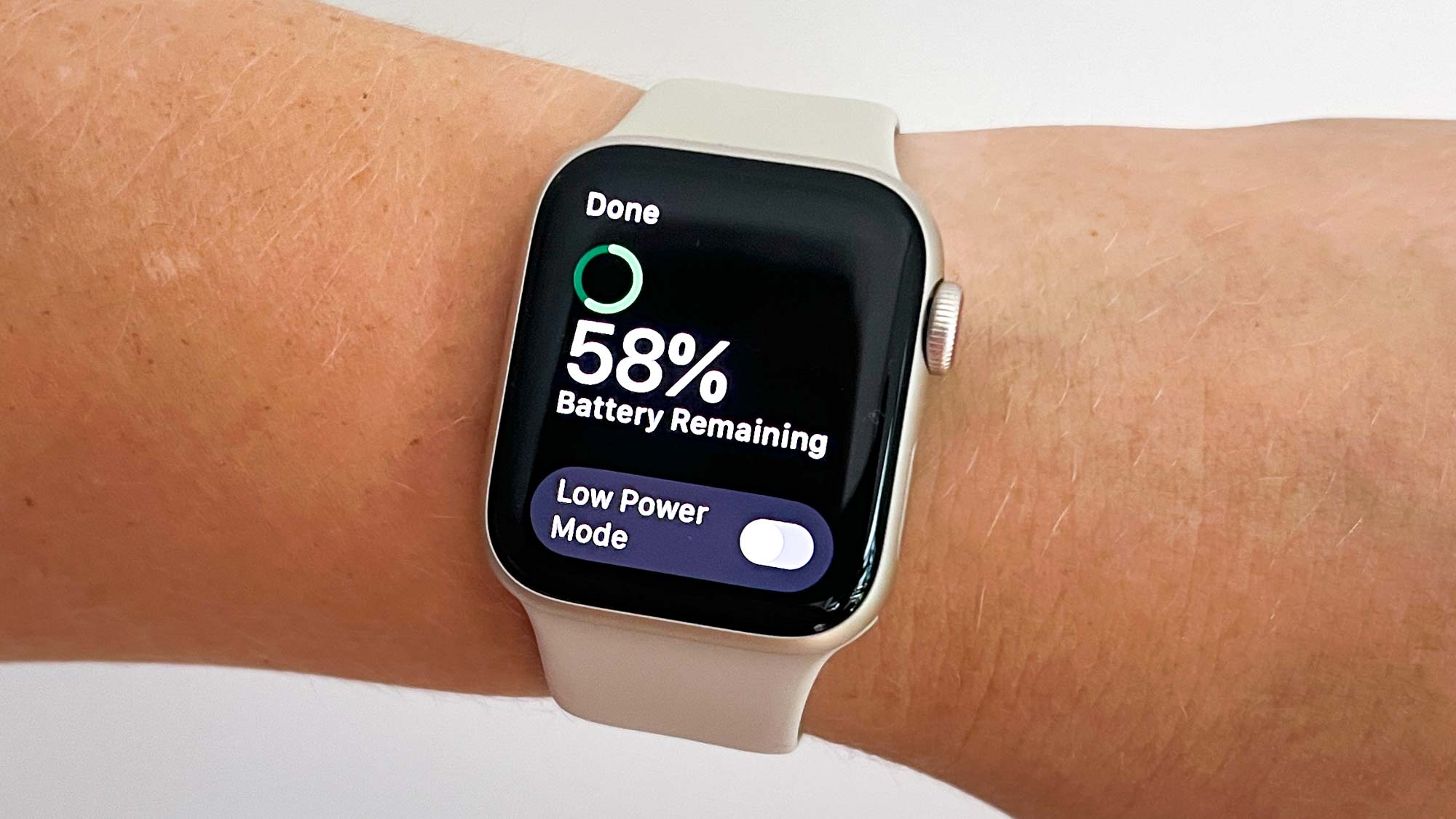
I’ve said it before, and I’ll say it again. Battery life limitations are the single biggest thing holding back the full-featured smartwatch market. This applies to not only Apple, but Samsung, Google and others.
When the original Apple Watch debuted a decade ago, it boasted 18 hours of battery life with normal usage. When the Apple Watch Series 10 launched last fall, it too came with an 18-hour battery life rating.
Yes, you can put your watch in low power mode and extend the life to roughly 24 hours. And yes, the modern Apple Watch is far more powerful and packed with battery-thirsty tech than the original model, but it’s about time the flagship series sees a serious battery life upgrade, even if it’s just to 48 hours (like the Ultra 2).
Dislike: One size for Ultra

I love everything about the Apple Watch Ultra series except for the size. The 47mm case dimension is just too clunky for my delicate wrists.
The budget-minded SE series and main Apple Watch series both come in two sizes, but the tougher-built, higher-end option doesn’t. Hey Apple, don’t we smaller-wristed folks deserve a cool, rugged Apple Watch model to call our own?
With that in mind, a 43mm Ultra 3 would be the chef’s kiss. Unfortunately, the latest Apple Watch Ultra 3 rumors suggest the sizing may get even bigger rather than smaller.
Dislike: Blood oxygen sensor controversy
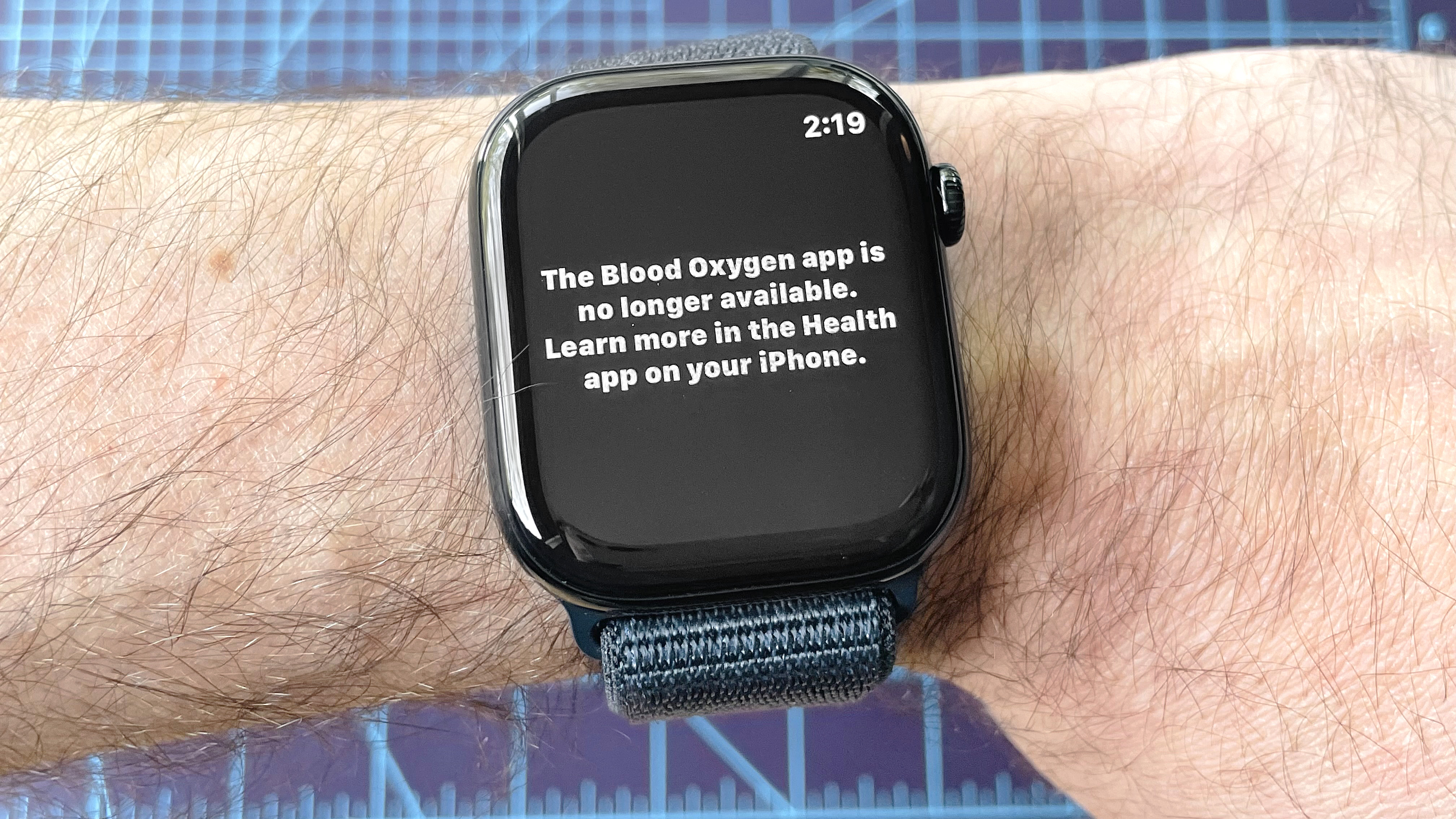
Every morning, right before my first cup of coffee but after I’ve brushed my teeth and hair, I sit down in my office with the lights off, open my desk drawer, take out the Apple Watch Series 10 and check to see if the Blood Oxygen app remains disabled.
Unfortunately, for us humble U.S. residents, the answer, as it has been for the past 200 days or so that I’ve owned the device, is yes. This is, of course, due to Apple’s odyssey of a legal kerfuffle with rival Masimo over the tech behind the health feature.
And until Apple gets things resolved, this is going to be a thorn in the side of a lot of Apple Watch owners, myself included.
More from Tom's Guide

Dan Bracaglia is the Tom’s Guide editorial lead for all things smartwatches, fitness trackers and outdoor gear. With 15 years of experience as a consumer technology journalist testing everything from Oura Rings to instant cameras, Dan is deeply passionate about helping readers save money and make informed purchasing decisions. In the past year alone, Dan has assessed major product releases from the likes of Apple, Garmin, Google, Samsung, Polar and many others.
An avid outdoor adventurer, Dan is based in the U.S. Pacific Northwest where he takes advantage of the beautiful surroundings every chance he gets. A lover of kayaking, hiking, swimming, biking, snowboarding and exploring, he also makes every effort to combine his day job with his passions. When not assessing the sleep tracking and heart rate accuracy of the latest tach gadgets, you can find him photographing Seattle’s vibrant underground music community.
You must confirm your public display name before commenting
Please logout and then login again, you will then be prompted to enter your display name.
